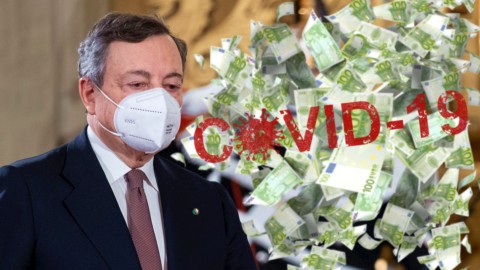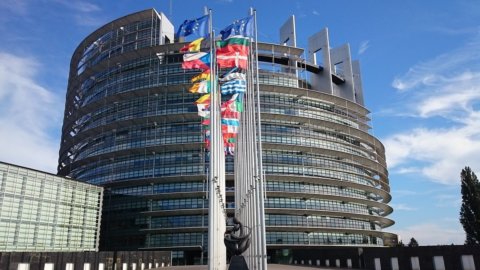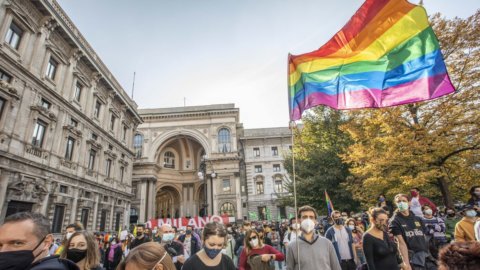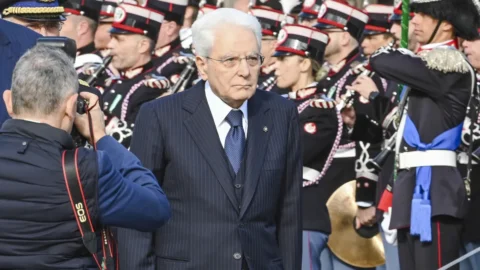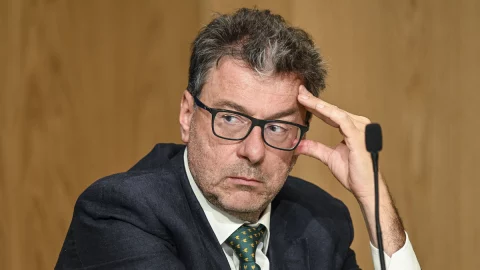The Italian Recovery Plan will arrive in the Council of Ministers on Friday 23 April, will be illustrated on 26 and 27 by Draghi in Parliament and finally sent to the European Commission on the 30th, as foreseen in the roadmap. No delay, therefore, even if the plan has been practically revolutionized in the last two months. «The government – it is written in the Recovery – estimates that the investments envisaged in the Plan will have a significant impact on the main macroeconomic variables and on the indicators of inclusion, equity and sustainable development. In 2026, the year in which the Plan ends, the gross domestic product will be 3,6 per cent higher than the trend and employment by almost 3 percentage points». The government "wants to win this challenge". Based on the latest rumors, let's see what the main numbers of the Recovery plan by Mario Draghi and Daniele Franco are.
THE TOTAL VALUE OF THE ITALIAN RECOVERY PLAN
First of all, the resources arriving with the Recovery Fund amount to 191,5 billion, of which 138,5 to be used for new projects and 53 for works already underway. As regards the nature of the funds, 68,9 billion will come in the form of non-repayable transfers and 122,6 as loans. All this money must be spent by 2026, otherwise it will be lost.
Then there are another 30,04 billion allocated with a complementary fund (fed in deficit) to finance projects that are not included in the plan.
In all, therefore, the package is worth 221,5 billion.
If the plan gets the green light from Brussels and all countries ratify the Recovery Fund by May, Italy will receive the first 27 billion in the summer. The rest will come in successive installments, which however are not certain: the transfers are subject to the effective implementation of the projects up to 2026. If we don't keep our promises, the European tap will close.
THE BUILDING
The Italian Recovery Plan is divided into six missions:
- digitalisation, innovation, competitiveness and culture;
- green revolution and ecological transition;
- infrastructure for sustainable mobility;
- education and research;
- inclusion and cohesion;
- health.
Each mission is divided into a list of projects, accompanied in turn by a time schedule for implementation.
Le European rules require the use of at least 24% of the funds arriving from the Recovery for digitalisation, 38% for the ecological transition and 10% for social cohesion.
Let's now see, in detail, how much money is allocated to each item of expenditure.
DIGITIZATION: 42,5 BILLION
As far as digital is concerned, investments will be broad-spectrum:
- modernization of public administration;
- innovation incentives for the private sector;
- diffusion of ultra-broadband throughout Italy.
Another 6,13 billion will then come from the Complementary Fund, one of which for the spread of 5G.
GREEN REVOLUTION AND ECOLOGICAL TRANSITION: 57 BILLION
Also on the front of the so-called "green revolution" the interventions will cover various areas:
- development of renewables;
- strengthening of electricity grids;
- support for the circular economy with the enhancement of waste management.
For this mission, another 11,65 billion will come from the Complementary Fund.
INFRASTRUCTURE FOR SUSTAINABLE MOBILITY: 25,3 BILLION
In terms of infrastructure, the Recovery Plan focuses above all on strengthening regional railways and extending high-speed rail.
EDUCATION AND RESEARCH: 31,9 BILLION
Within the school and university chapter, the main aim is to develop digital skills and "Steam skills", an acronym that stands for "science, technology, engineering, art and mathematics".
INCLUSION AND COHESION: 19,1 BILLION
On the labor front, the priorities are the reform of active policies and support for female entrepreneurship.
HEALTH: 15,6 BILLION
The funds earmarked for healthcare will mainly be used to rebuild the local medicine network and to modernize the entire system with investments in telemedicine, electronic health records and training of healthcare personnel.
THE REFORMS
Finally, to obtain European aid, Italy will be forced to carry out at least five structural reforms:
- public administration;
- simplifications;
- revenue authorities;
- competition;
- justice.

